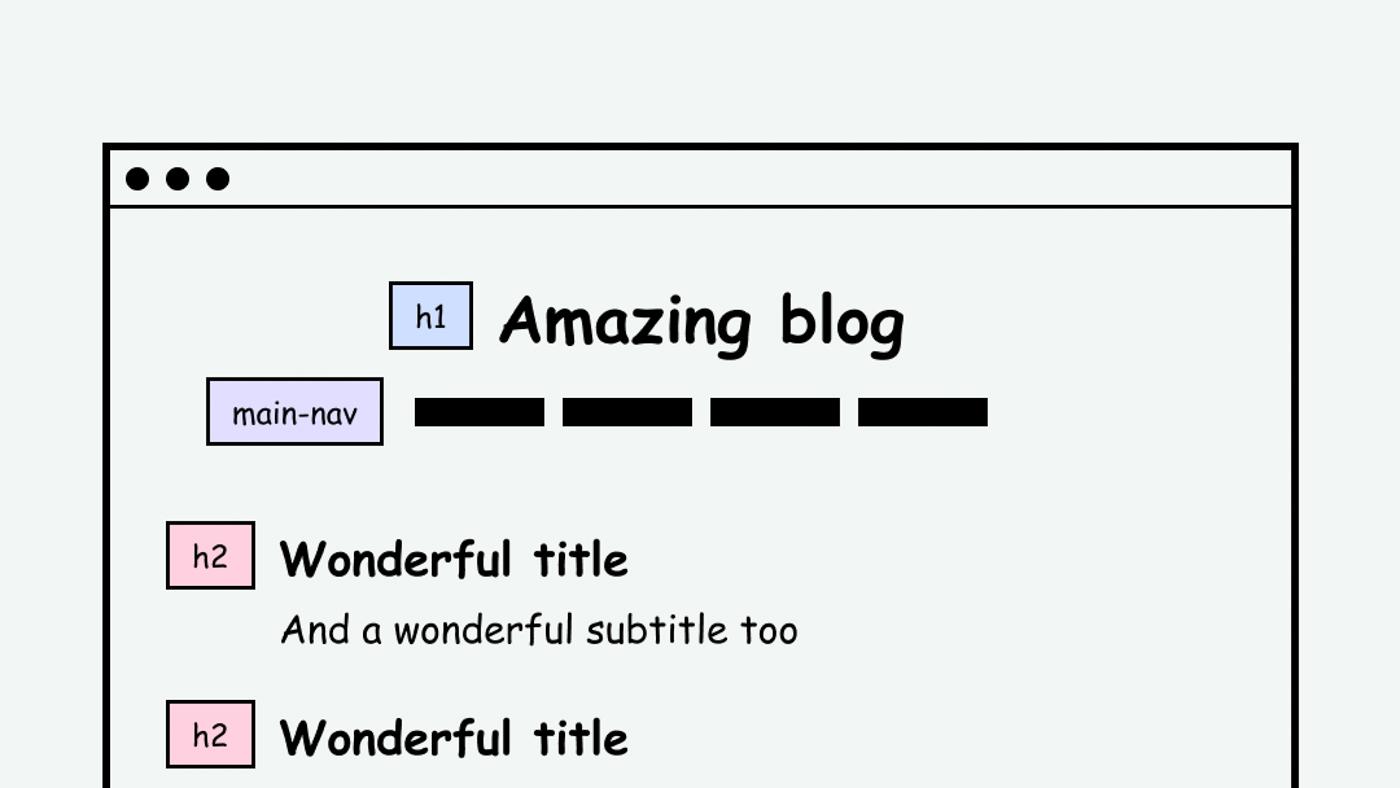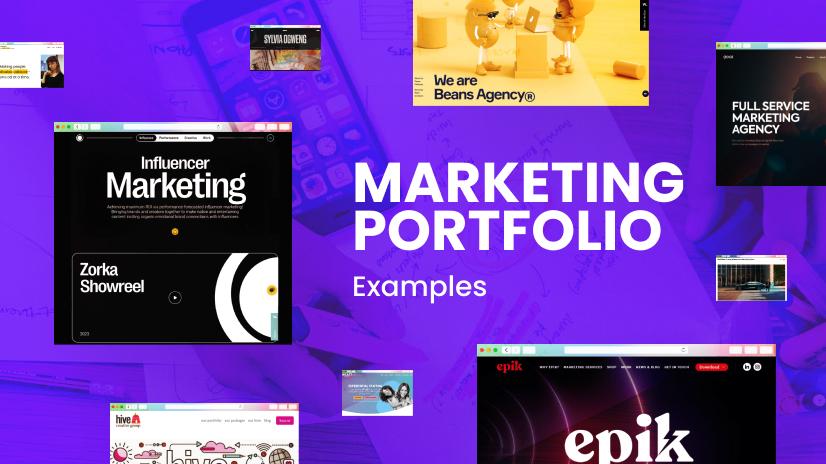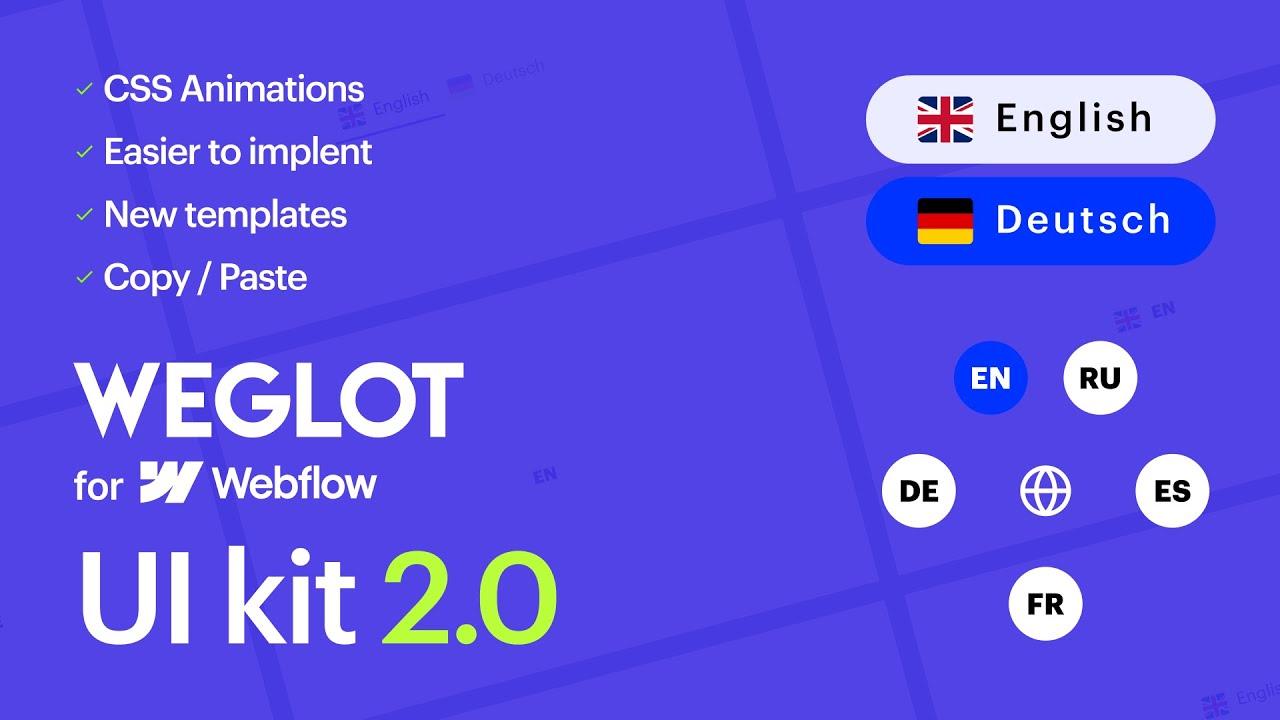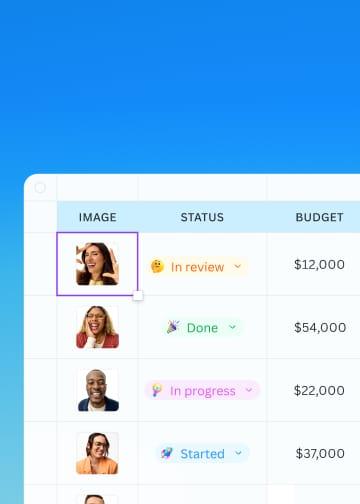Are you ready to take your Eduma portfolio to the next level? Whether you’re a creative professional showcasing your latest projects or an educator eager to highlight your achievements, adding gallery images can transform your portfolio into a visual masterpiece.In this complete guide, we’ll walk you through the simple steps to add stunning gallery images to your Eduma site.With our easy-to-follow instructions and tips, you’ll not only enhance your portfolio’s appeal but also engage your audience like never before. So, let’s dive in and discover how you can elevate your online presence with breathtaking visuals that truly represent your unique style and expertise!
Understanding Eduma and Its Portfolio Features
Eduma is a powerful WordPress theme designed specifically for educational purposes, offering a vast array of features that enhance the learning experience.One of its standout functionalities is the portfolio feature, which allows users to showcase their work effectively. Whether you’re an instructor, student, or educational institution, having a visually appealing and organized portfolio can make a significant difference in how your audience perceives your brand.
The portfolio section in Eduma is not just a simple gallery; it’s a dynamic showcase that can include various media types, such as images, videos, and even audio files. This adaptability enables you to create a multimedia-rich experience that captures the attention of visitors. To get started, you’ll want to focus on a few key aspects:
- Image Quality: Always use high-resolution images to ensure your portfolio looks professional and appealing.
- Consistent Theme: Maintain a cohesive visual style across all portfolio entries to create a unified brand image.
- Descriptive Captions: Provide context for each image with engaging captions that tell a story or explain the significance of the work.
When adding gallery images in Eduma, you can easily organize them into categories, making navigation seamless for users. This feature is beneficial as it allows potential clients or students to quickly find relevant work. Here’s a simple table illustrating how you can categorize your portfolio images:
| Category | Description |
|---|---|
| Web Design | Showcase your best web design projects. |
| Graphic Design | Display unique graphics and illustrations. |
| photography | Highlight stunning photographs from various events. |
| Videos | Include video projects or tutorials you’ve created. |
Additionally, Eduma’s portfolio feature allows for easy integration with social media platforms, enabling you to share your work effortlessly. This connectivity not only broadens your reach but also encourages engagement from your audience.Remember to utilize the built-in SEO tools to optimize your images and descriptions, ensuring your portfolio is discoverable by search engines.
Ultimately, the portfolio feature in Eduma is a robust tool for anyone looking to elevate their educational offerings. By understanding how to best utilize this feature—including adding gallery images—you can create a compelling showcase that resonates with visitors and stands out in a crowded digital landscape.
Choosing the Right Images for Your Gallery
When it comes to showcasing your work in a portfolio gallery, choosing the right images is crucial for capturing the attention of your audience. The images you select should not only represent your skills but also convey the essence of your brand.Here are a few key factors to consider:
- Quality over Quantity: Always prioritize high-resolution images that reflect your professionalism. A few stunning images will make a stronger impact than a large number of mediocre ones.
- Consistency: Ensure that your images have a consistent style or theme. This helps create a cohesive look that enhances your brand identity.
- Relevance: choose images that directly relate to the services or products you offer. Each picture should tell a story and serve a purpose in your portfolio.
Another vital aspect to consider is the emotional impact of your images. Images that evoke feelings or resonate with your target audience can considerably enhance their overall experience. Aim for images that:
- Inspire: Showcase your creativity and passion through images that inspire others.
- Engage: Select dynamic images that invite potential clients or collaborators to connect with your work.
- Inform: Use images that can help communicate complex ideas or demonstrate your process effectively.
| Image Type | Purpose | Example |
|---|---|---|
| Portfolio work | Showcase skills | Final designs or projects |
| Behind-the-Scenes | Engage audience | Process shots or studio setup |
| Client Testimonials | Build trust | Images with clients or finished projects |
Lastly, don’t forget to optimize your images for web performance. Large file sizes can slow down your website, impacting the user experience. Use appropriate file formats and compression techniques to ensure your gallery loads quickly without sacrificing quality. This simple step can dramatically improve how visitors interact with your portfolio.

Step-by-Step Guide to Uploading Images in Eduma
Uploading images in Eduma to showcase your portfolio is a straightforward process. By following these simple steps, you can create a stunning gallery that highlights your work effectively. Let’s dive in!
Frist, you need to access your WordPress dashboard.From there, navigate to Media and select Add New. This is where you can upload images directly from your computer. simply drag and drop your images into the upload area or click on the Select Files button to browse your files.
Once your images are uploaded, it’s time to organize them for your gallery. Head over to the Gallery section. Here, you can create a new gallery by clicking on add New Gallery. You can select images from your media library or upload new ones. Ensure you pick high-quality images that resonate with your brand and showcase your skills.
After selecting your images, you can customize the gallery settings. Consider the following options:
- Gallery Layout: Choose between grid or masonry layouts based on your style preference.
- Image Size: Opt for the ideal size that maintains quality but still loads quickly.
- Link settings: Decide whether you want images to link to a larger version or to an external URL.
Once you’re satisfied with your selections, click on Publish to make your gallery live. You can always return to edit or update the gallery as needed.Remember, a well-curated gallery reflects your professionalism and creativity, so take the time to select images that truly represent your portfolio.
don’t forget to promote your new gallery! Share it across your social media platforms and in your network to draw more eyes to your work. With these steps, you’re well on your way to creating an notable portfolio with Eduma.

Customizing Image Settings for a Professional Look
When it comes to showcasing your portfolio, the visual appeal of your images can significantly impact your audience’s perception. Customizing image settings in Eduma allows you to present your work in the best light possible. Here are some essential tips to enhance the professional look of your gallery images:
- Optimal Image Size: Ensure that your images are resized for web display. Utilize dimensions that maintain clarity without sacrificing loading speed. A good rule of thumb is to keep images around 1200px wide for landscape orientations.
- Image Format: Choose the right format for your images. For photographs, JPEG is typically best, while PNG works well for images with transparency or text overlays.
- Consistent Aspect Ratio: Stick to a consistent aspect ratio across your gallery. This uniformity helps create a cohesive look that enhances the overall aesthetic of your portfolio.
Additionally, don’t overlook the importance of image quality. High-resolution images can make a significant difference. Implementing the following practices can help:
- Compression Tools: Use tools like TinyPNG or ImageOptim to compress your images without visible quality loss.
- Color Correction: Adjust brightness, contrast, and saturation to ensure your images pop and represent your work accurately.
- Consistent Filters: If you choose to apply filters or effects, keep them uniform across your gallery for a polished appearance.
| Setting | recommended Value | Notes |
|---|---|---|
| Image Size | 1200px width | Maintain clarity |
| Format | JPEG for photos, PNG for graphics | Choose based on content |
| Aspect Ratio | 16:9 or 4:3 | Keep it consistent |
By refining these aspects, your gallery will not only look professional but also engage your audience more effectively. Remember, first impressions count, and with the right image settings, you can leave a lasting impact with your portfolio!
Organizing Your Gallery for maximum Impact
Creating a visually appealing gallery is not just about showcasing your work; it’s about telling a story and guiding your viewers through your artistic journey. To achieve this, consider the following strategies that will help you organize your gallery effectively:
- Theme Consistency: Maintain a cohesive theme throughout your gallery. Whether you focus on color palettes, subjects, or styles, ensuring that each image complements the others can create a harmonious viewing experience.
- Image Quality: High-resolution images are essential for a professional look. Make sure each photo is clear and well-edited to enhance its impact.
- Strategic Arrangement: Arrange your images in a way that guides the viewer’s eye. Consider placing your strongest pieces at the beginning and end, creating a visual sandwich effect that draws attention to your best work.
Another effective approach is to categorize your images. this allows viewers to navigate your gallery based on their interests. Here’s how you can structure your categories:
| Category | Description |
|---|---|
| Landscapes | Breathtaking scenery from various locations. |
| Portraits | Captivating portraits showcasing emotions and personalities. |
| Abstract | Creative interpretations and modern designs. |
Lastly, don’t underestimate the power of captions.A short, engaging description under each image can provide context and invite viewers to connect with your work on a deeper level. Use this opportunity to share your thoughts, the story behind the piece, or the techniques used. Remember, every element of your gallery contributes to the overall experience, so make each piece count!

Enhancing Your Portfolio with Image Descriptions
When it comes to building a captivating portfolio, the visual aspect is just as crucial as the content itself. Integrating image descriptions into your gallery isn’t merely a technical addition; it’s a smart strategy that enhances user experience and boosts SEO. Thoughtfully crafted descriptions provide context and storytelling that can transform a simple image into a compelling narrative.
Consider the following advantages of including descriptions for your images:
- Improved Accessibility: Image descriptions make your portfolio more accessible to individuals with visual impairments, allowing them to engage with your work fully.
- Enhanced SEO: Search engines cannot ‘see’ images, but they can read descriptions. A well-optimized description can help your portfolio rank higher in search results.
- Contextual Clarity: Descriptions offer a deeper understanding of the images, allowing viewers to grasp the significance of your work without needing to ask.
- Emotional Connection: A well-crafted description can evoke emotions and draw viewers into your creative world, fostering a stronger connection with your audience.
To effectively add image descriptions in your Eduma gallery, follow these simple steps:
- Navigate to your portfolio section and select the image you want to describe.
- In the image settings, you’ll find a field for image description.Use this space to craft a concise, engaging description that highlights the image’s essence.
- Consider using keywords naturally within your description to enhance SEO while keeping the text appealing and informative.
- Preview your changes to ensure that the descriptions complement your images and maintain a consistent tone across your portfolio.
Here’s a simple table to visualize how a strong image description can change viewer perception:
| Image Without Description | Image With Description |
|---|---|
 |  A vibrant sunset over the mountains, symbolizing the transition from day to night, capturing the tranquility of nature. |
Incorporating image descriptions not only enriches the viewer’s experience but also elevates your portfolio, making it more professional and impactful. Don’t miss out on the opportunity to communicate your artistic vision clearly and effectively. Embrace this technique and watch your portfolio shine!

Best Practices for Image Optimization
Optimizing your images is essential for improving your website’s performance and enhancing user experience.When adding gallery images to your portfolio, consider the following techniques to ensure your visuals not only look great but also load quickly.
- Choose the Right Format: Use JPEG for photographs, PNG for graphics with transparency, and SVG for icons and logos.This choice can significantly impact the loading time and quality of your images.
- Compress Images: Utilize tools like TinyPNG or ImageOptim to reduce file sizes without sacrificing quality. Aim for a balance between image quality and loading speed.
- Responsive Design: Implement responsive images using the
srcsetattribute. This allows browsers to select the appropriate image size based on device and screen resolution. - Use Descriptive Filenames: Name your image files descriptively, incorporating keywords relevant to your content. This helps with SEO and makes it easier to find images later.
Consider implementing the following HTML table to compare the different image formats and their ideal use cases:
| Image Format | Best For | Advantages |
|---|---|---|
| JPEG | Photographs | Small file size, good quality |
| PNG | Graphics with transparency | Lossless compression, supports transparency |
| SVG | Logos and icons | Scalable, small file size, editable |
Lastly, always remember to include alt text for each image.This not only aids in SEO but also makes your content accessible to visually impaired users. A well-optimized image gallery not only enhances your portfolio’s aesthetics but also contributes to better performance and user engagement.
Showcasing Your Work: Tips for Effective Presentation
Presenting your work effectively can be the difference between attracting potential clients and being overlooked. When using Eduma to showcase your portfolio, it’s essential to focus on both the visual appeal and the narrative of your work. Each image should not only represent your skills but also tell a story about your creative journey.
To create an engaging gallery, consider the following tips:
- Select High-Quality Images: Always use professional-grade images that highlight your work. A blurry or poorly lit photo can diminish the perceived quality of your portfolio.
- Use Consistent Styling: Keep a consistent theme across your gallery images. This could mean using similar filters, color palettes, or framing. It creates a cohesive look that is visually appealing.
- Provide Context: Each image should come with a brief description. Explain what the project was about, your role, and the results achieved. This not only gives context but also showcases your thought process and skills.
Utilizing the built-in gallery features of Eduma can significantly enhance your portfolio. Here are some elements to consider:
| Feature | Description |
|---|---|
| Lightbox Effect | Allows users to view images in a larger format without navigating away from the page. |
| Image Captions | Add captions to provide additional facts or insights about each piece of work. |
| Sorting Options | Enable viewers to sort through your work by categories or tags, making it easier to navigate. |
Lastly, remember to regularly update your gallery. A portfolio is an evolving representation of your work; showcasing your latest projects not only keeps your content fresh but also demonstrates your growth and adaptability in your field. Engaging with visitors through comments or feedback sections can also foster a community around your work.

Troubleshooting Common Issues When Adding Images
When adding images to your Eduma portfolio, you may encounter a few common issues that can disrupt your workflow. Let’s delve into some troubleshooting tips to help you address these hiccups effectively.
Image Upload Errors: One of the most frustrating problems is the inability to upload images. This could be due to various reasons, including file size limitations or incompatible file formats. To circumvent this issue, ensure that:
- Your images are in supported formats such as JPEG or PNG.
- The file size does not exceed the maximum limit set by your WordPress installation (typically 2MB).
- You have sufficient storage space in your media library.
Missing Images in the Gallery: If your images do not appear in the gallery after uploading,it could be due to caching problems or a failed upload. Here’s how to resolve it:
- Clear your browser’s cache and refresh the page.
- Re-upload the images and check for any error messages during the upload process.
- Ensure that your gallery settings are correctly configured to display uploaded images.
Image Display Issues: Sometimes, images may not display correctly within the gallery or may appear distorted.this can affect user experience significantly. To fix this,try the following:
- Check the image dimensions and ensure they are appropriate for the space allocated in your gallery.
- Review the CSS styles applied to your gallery – certain styles might inadvertently hide or misalign images.
- Inspect any plugins that might interfere with the display of gallery images, and consider disabling them temporarily to see if that resolves the issue.
By following these troubleshooting steps, you can ensure a smoother experience when adding images to your Eduma portfolio.Remember,a well-curated gallery not only enhances your portfolio’s aesthetic appeal but also engages your audience effectively.Happy image uploading!

Promoting Your Portfolio to Reach a Wider Audience
When it comes to showcasing your work, a well-organized portfolio can make all the difference. To truly reach a wider audience, it’s essential to adopt effective strategies that not only highlight your skills but also make your portfolio engaging. Here are some proven methods to elevate your portfolio visibility:
- Leverage Social Media: Share your gallery images across platforms like Instagram, Pinterest, and Facebook. Use relevant hashtags to connect with potential clients and peers.
- optimize for Search Engines: Use SEO best practices by incorporating keywords related to your work in image alt texts and descriptions. This will improve your chances of being found through search engines.
- Networking: Engage with other professionals in your field. Join forums, attend webinars, and participate in online discussions to build connections that can lead to increased exposure.
- Collaborate: Partner with other creatives for joint projects. This can introduce your work to their audience, expanding your reach significantly.
Additionally, consider creating a dedicated blog where you can discuss your process, inspirations, and the stories behind your portfolio pieces. This not only gives your audience deeper insights into your work but also helps improve your site’s SEO. Regularly updating your blog with fresh content can keep your audience engaged and encourage them to return for more.
Don’t overlook the power of email marketing. Build a mailing list of interested parties and send out newsletters featuring your latest work, upcoming projects, or gallery updates. personalizing your emails can create a more intimate connection with your audience, encouraging them to explore your portfolio further.
| Platform | Benefits | Tips |
|---|---|---|
| Visual appeal, large audience base | Post regularly, use stories | |
| High shareability, traffic driving | Create Pins for each project | |
| Community engagement, groups | Join relevant groups, share insights |
By effectively utilizing these strategies, you can significantly enhance the visibility of your portfolio. Remember, a captivating presentation combined with strategic promotion is key to reaching a broader audience and making meaningful connections in your field.
Frequently Asked Questions (FAQ)
Q&A: How To Add Gallery Images In Eduma For Portfolio: A Comprehensive Guide
Q1: what is Eduma,and why should I use it for my portfolio?
A1: Great question! Eduma is a popular WordPress theme specifically designed for educational and e-learning websites. It’s packed with features that make it easy to showcase your work, especially if you’re in the creative field. Using Eduma for your portfolio means you get a visually appealing platform that’s also user-pleasant, helping you attract more clients or employers.
Q2: Why is adding gallery images critically important for my portfolio?
A2: Adding gallery images is crucial as visuals speak louder than words! A well-curated gallery showcases your best work,demonstrates your skills,and gives potential clients or employers a snapshot of what you can do. Remember,first impressions matter,and a stunning gallery can make all the difference!
Q3: How do I get started with adding images to my Eduma portfolio?
A3: Starting is easier than you think! First,log in to your WordPress dashboard. From there, navigate to the “Portfolio” section. Click on “Add New” to create a new portfolio entry where you can start adding your images. It’s a straightforward process, and I’ll guide you through each step!
Q4: can I add images from my media library?
A4: Absolutely! Once you’re in the portfolio entry, you’ll see an option to add media. Click on that, and you can select images from your existing media library or upload new ones. It’s super convenient and ensures you have everything in one place.
Q5: What image formats work best for my gallery?
A5: It’s best to use JPEG or PNG formats for your gallery images. JPEGs are great for photographs and detailed images, while PNGs are ideal for graphics or images with text. Just remember to optimize your images for web use to keep your site loading quickly!
Q6: How can I make my gallery more visually appealing?
A6: To enhance your gallery, consider using a cohesive color scheme or style that reflects your brand. Also, play around with the layout options available in Eduma.Try different grid styles or galleries that allow you to feature images in unique ways. Don’t forget to write engaging captions for each image to give context and add personality!
Q7: Is there a way to categorize my images within the gallery?
A7: definitely! Eduma allows you to add categories to your portfolio items.this feature helps potential clients easily navigate through your work. Simply create categories that represent different aspects of your work—like web design, illustrations, or photography—and tag your images accordingly.
Q8: What if I want to update or remove images later?
A8: No problem! You can easily edit your portfolio entries anytime. Just go back to the “Portfolio” section, find the entry you want to update, and make your changes. Whether it’s adding new images or removing old ones, it’s all just a few clicks away!
Q9: how can I promote my portfolio after adding the gallery?
A9: Promoting your portfolio is key to getting noticed! Share your portfolio link on social media platforms, join relevant groups, and engage with your audience. You can also consider using SEO strategies to enhance visibility on search engines. The more you promote it, the more opportunities you’ll create!
Q10: Any final tips for making my Eduma portfolio shine?
A10: Absolutely! Keep your portfolio updated with your latest work, regularly check for broken links, and ensure your site is mobile-friendly. lastly, don’t forget to ask for feedback from peers or mentors—they can provide valuable insights that can help you elevate your portfolio even further!
By following these guidelines, you’ll be well on your way to creating an outstanding portfolio in Eduma that effectively showcases your talent. Happy creating!
The Conclusion
And there you have it! Adding gallery images to your eduma portfolio is not just a simple task; it’s a fantastic way to showcase your skills and projects in a visually appealing manner. By following the steps we’ve outlined, you can create an engaging gallery that truly reflects your personality and professional journey.
Remember, a strong portfolio can be a game-changer in the world of education and beyond. It communicates your unique style and enhances your credibility, making it easier for potential employers or clients to see the value you bring to the table. So why wait? Dive in and start creating a stunning gallery that captures your achievements and creativity!
If you have any questions or need further assistance as you work on your portfolio,don’t hesitate to reach out. we’re here to help you every step of the way. Happy building, and we can’t wait to see the amazing portfolio you create with Eduma!




